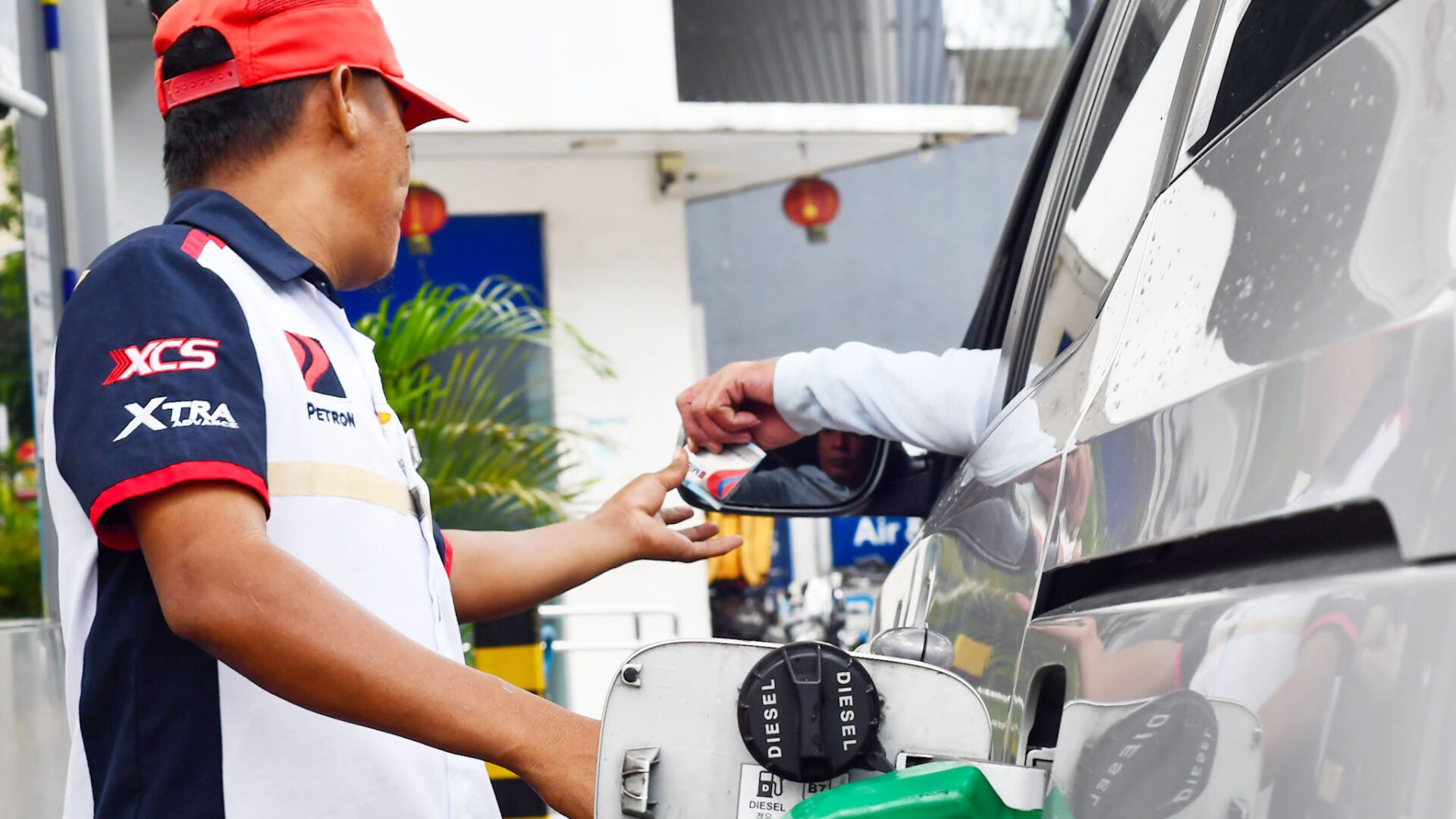Motorists, consumers take a hard hit
Motorists once again felt the pinch at the pump as oil companies imposed price hikes, marking back-to-back increases driven by jittery global markets.
Shell, Seaoil, and Cleanfuel jump-started the trend, preempting suspicions of cartel-like pricing, as the name of the game is dictated by a free interplay of market forces since the oil industry deregulation law took effect on February 10, 1998.
Last Tuesday, the three retailers became the first to announce the following adjustments:
· Gasoline: up by ₱0.40 per liter
· Diesel: up by ₱1.10 per liter
· Kerosene: up by ₱0.70 per liter
These follow last week’s higher increases:
· Gasoline: ₱0.70/liter
· Diesel: ₱1.40/liter
· Kerosene: ₱0.80/liter
Why are prices climbing again?
This week’s uptick appears modest compared to the previous round, but it underscores how sensitive domestic pump prices are to global cues. Recent developments—ranging from supply chain disruptions in oil-exporting regions to shifts in futures trading and refined product demand—have sent crude benchmarks on a roller coaster.

More than just numbers, here’s what it means on the road:
Diesel-driven sectors, such as logistics and agriculture, may take the hardest hit, with ₱1.10/liter increases impacting transport margins and the pricing of goods.
Private motorists will need to recalibrate commuting budgets as the cumulative effect over two weeks adds nearly ₱1.10 to gasoline costs.
Kerosene-dependent households, particularly in provincial areas, also face rising expenses amid an already inflationary backdrop.
Consumers shift gears
When fuel prices rise, consumers don’t just grumble at the pump—they recalibrate their entire approach to mobility. From driving habits to vehicle choices, the ripple effects are wide-ranging and often surprisingly strategic.
Many motorists have reduced non-essential trips, consolidated errands, or opted for remote work whenever possible.
Techniques such as smoother acceleration, reduced air conditioning use, and lower speeds are becoming more common. Rising costs push commuters toward shared mobility options, especially in urban areas.
Budget reallocation
Instead of full tanks, consumers often opt for partial refills to manage their cash flow.
Dining out, leisure travel, and entertainment take a hit as fuel eats into household budgets.
Many drivers are willing to travel extra kilometers to find cheaper fuel stations.
High fuel costs accelerate the shift toward electric and fuel-efficient vehicles.
Employers and employees embrace telecommuting to avoid costly commutes.
Some consumers consider relocating nearer to work or transit hubs to reduce fuel dependence.
Rising fuel prices often prompt reflection on carbon footprints, prompting consumers to consider sustainable transport options.
In short, fuel price hikes don’t just change how people drive—they reshape how they live.
Motoring tip
Consider refueling early, preferably ahead of the day the price hike is implemented, especially for long drives or logistics schedules. For fleet managers, weekly monitoring of DOE advisories and global crude trends is now a necessary dashboard habit.





